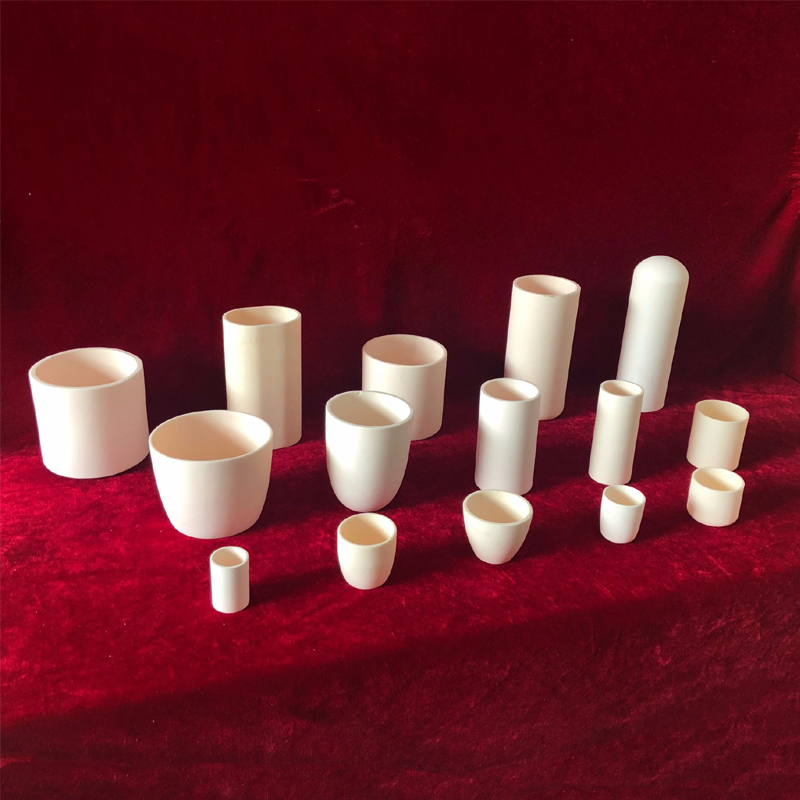How can alumina ceramic crucibles increase your laboratory efficiency by 50%

——New high-temperature resistant materials lead laboratory efficiency revolution
Laboratory efficiency has always been a key concern for researchers and laboratory managers. Recently, the emergence of a new type of alumina ceramic crucible, with its excellent performance, is expected to improve laboratory efficiency by up to 50%, bringing revolutionary changes to laboratory work.
Traditional laboratory crucibles often face many challenges during use, such as insufficient high-temperature resistance, susceptibility to corrosion, poor thermal stability, etc. These problems not only affect the accuracy of experimental results, but also reduce experimental efficiency and increase experimental costs.
The new type of alumina ceramic crucible is made of high-purity alumina material, which is sintered through special processes and has the following significant advantages:
Excellent high temperature resistance: It can withstand temperatures up to 1800 ℃, meeting the needs of most high-temperature experiments and avoiding experimental failures caused by crucible deformation or rupture.
Excellent corrosion resistance: able to resist the erosion of various chemical substances such as acid, alkali, salt, etc., ensuring the accuracy and reliability of experimental results.
Excellent thermal stability: low coefficient of thermal expansion, excellent thermal shock resistance, able to maintain stability even under rapid temperature changes, reducing experimental errors.
Longer service life: Compared to traditional crucibles, alumina ceramic crucibles have a longer service life, effectively reducing laboratory consumables costs.
When we used traditional crucibles for high-temperature experiments in our laboratory before, we often encountered problems such as crucible rupture and sample contamination, which seriously affected the experimental progress, "said the person in charge of a German university laboratory." Since switching to a new type of alumina ceramic crucible, the success rate of experiments has greatly improved, and the experimental efficiency has also increased by at least 30%
In addition to improving experimental efficiency, alumina ceramic crucibles also have environmental advantages. Its long service life reduces the generation of waste, and its materials are recyclable, which is in line with the development concept of green laboratories.
At present, this new type of alumina ceramic crucible has been widely used in laboratories in the fields of materials science, chemistry, biomedicine, etc., and has received unanimous praise from users. I believe that with the continuous advancement of technology and the expansion of application scope, alumina ceramic crucibles will make greater contributions to the improvement of laboratory efficiency.
Jinzhou Yunxing Industrial Ceramics Co., Ltd
Jinzhou Yunxing Industrial Ceramics Co., Ltd. is a high-tech enterprise dedicated to the research and development, production, and sales of high-performance ceramic materials and products. The company has advanced production equipment and a sound quality management system, and its products are widely used in fields such as electronics, machinery, chemical engineering, and medical care.

